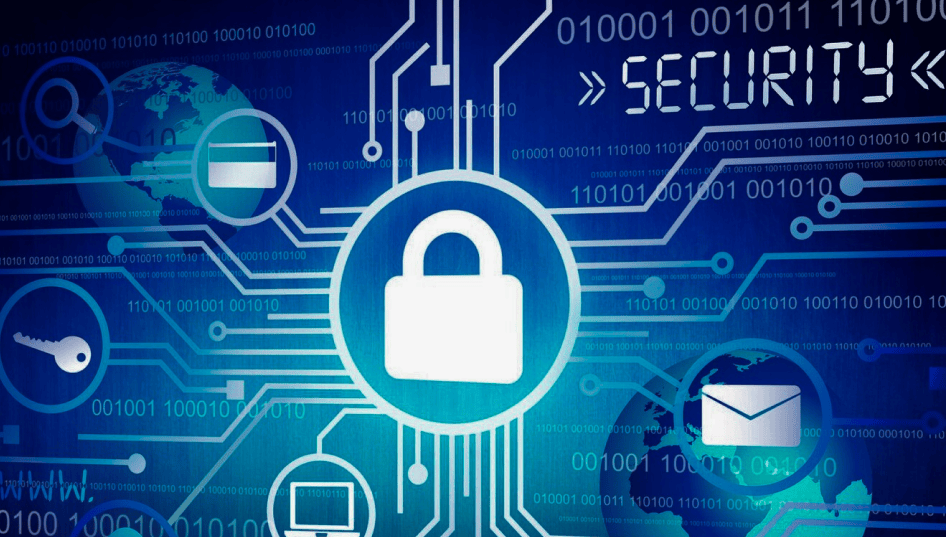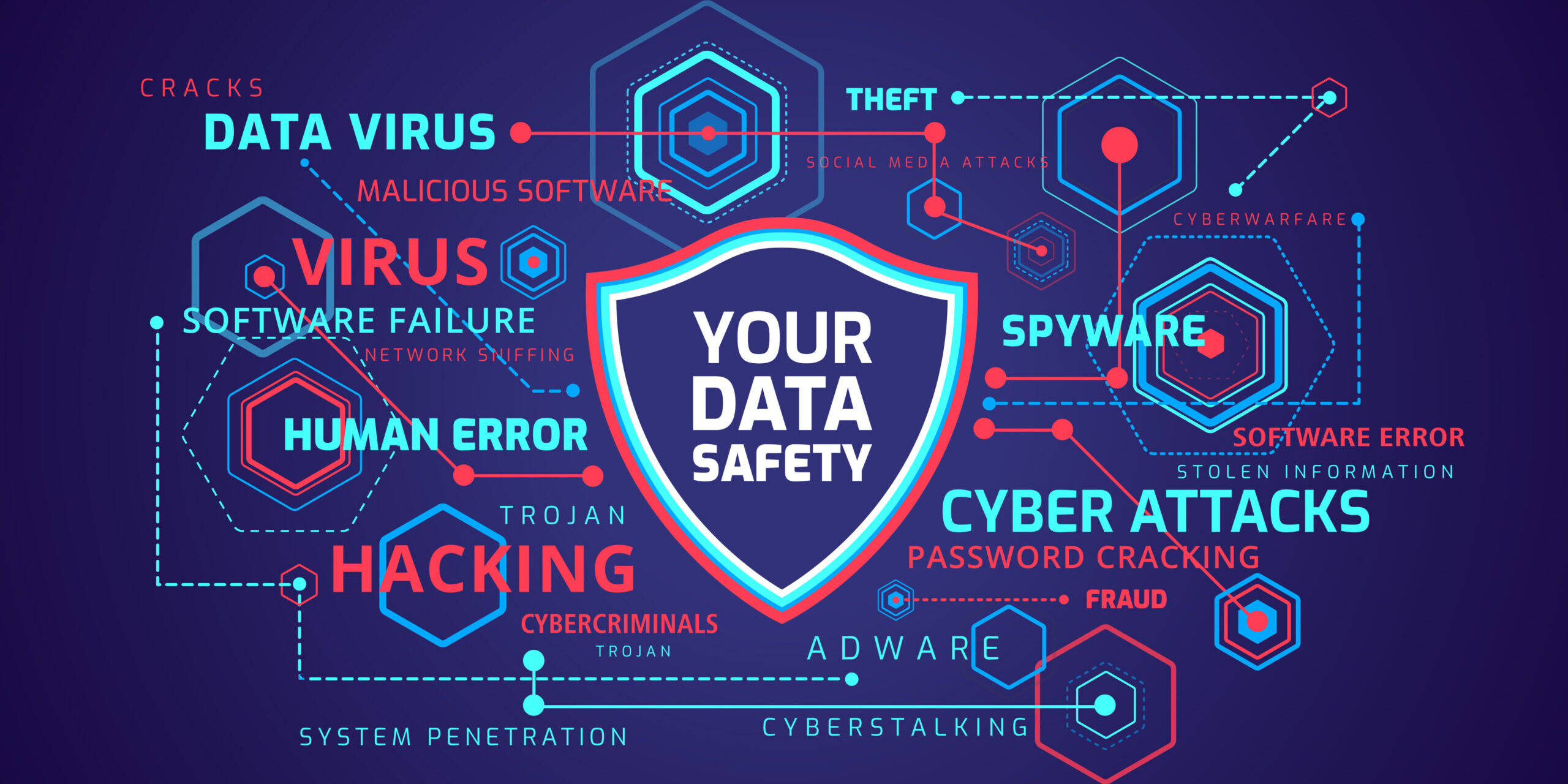The Critical Function of Information and Network Safety And Security in Shielding Your Details
In an era where data violations and cyber risks are increasingly widespread, the value of robust data and network safety can not be overstated. The execution of reliable protection procedures, such as security and accessibility controls, is crucial to maintaining trust and functional stability.
Comprehending Information Security
In today's digital landscape, an overwhelming bulk of organizations face the complexities of data security. This crucial element of infotech includes safeguarding sensitive information from unauthorized gain access to, corruption, or burglary throughout its lifecycle. Data protection incorporates numerous methods and modern technologies, consisting of security, access controls, and information masking, all focused on guarding details against violations and vulnerabilities.
An essential aspect of information security is the identification and classification of data based upon its level of sensitivity and relevance. This category assists organizations prioritize their safety and security efforts, alloting resources to protect the most important details properly. In addition, applying robust policies and procedures is crucial to ensure that workers recognize their function in keeping information safety and security.
Routine audits and assessments help in recognizing potential weaknesses within a company's information security framework. Additionally, staff member training is crucial, as human error continues to be a considerable element in information breaches. By cultivating a culture of safety awareness, organizations can alleviate risks connected with insider dangers and negligence.
Relevance of Network Protection
Network safety stands as a cornerstone of a company's general cybersecurity technique, with about 90% of organizations experiencing some type of cyber risk in recent times. The relevance of network security depends on its ability to shield sensitive details and keep the stability of organization operations. By guarding network infrastructures, companies can prevent unapproved gain access to, data violations, and other harmful tasks that could threaten their possessions and reputation.
Executing durable network safety and security measures not only helps in mitigating risks however also cultivates trust fund among stakeholders and clients. When consumers are assured that their individual and financial details is safe, they are more probable to involve with the company, bring about boosted consumer loyalty and service development.
Additionally, a well-structured network safety framework promotes conformity with different regulatory requirements. Organizations should comply with sector standards and lawful mandates worrying data protection, and efficient network protection methods can make certain compliance, consequently staying clear of potential fines.

Typical Cyber Risks
Organizations must stay alert against a range of cyber risks that can threaten their network security efforts. Among the most usual threats is malware, which encompasses viruses, worms, and ransomware that can disrupt operations, swipe information, or hold information captive. Phishing attacks, where destructive actors impersonate trusted entities to trick individuals right into disclosing delicate details, remain to grow in elegance, making individual education critical.
One more common threat is distributed denial-of-service (DDoS) assaults, which overload systems with website traffic, providing them not available to legit users. Insider dangers, whether intentional or unintentional, present substantial dangers as workers might accidentally expose sensitive information i was reading this or intentionally exploit their accessibility for destructive purposes.
Furthermore, susceptabilities in software and hardware can be made use of by cybercriminals, highlighting the value of normal updates and spot monitoring. Social design strategies further complicate the landscape, as opponents manipulate people into disclosing confidential info with emotional control.
As these hazards develop, companies must keep a positive approach to recognize, alleviate, and react successfully to the ever-changing cyber risk landscape, protecting their useful details and maintaining trust fund with stakeholders. fft pipeline protection.
Finest Practices for Security
Carrying out robust safety and security measures is essential for guarding sensitive details and keeping operational honesty. Organizations ought to begin by carrying out extensive risk analyses to recognize vulnerabilities within their systems. This positive technique enables the prioritization of safety and security initiatives customized to the certain needs of the company.
Embracing solid password policies is vital; passwords ought to be intricate, frequently changed, and handled utilizing secure password monitoring tools. Multi-factor authentication (MFA) includes an added layer of safety by calling for additional confirmation approaches, thus minimizing the threat of unapproved gain access to.
Normal software updates and spot monitoring are crucial to safeguard versus understood susceptabilities. Applying firewalls and intrusion detection systems can further protect networks from outside hazards. Staff member training is equally important; personnel ought to be informed on identifying phishing attempts and comprehending the importance of information safety and security protocols.
Information encryption ought to be employed for delicate details, both at remainder and en route, to ensure that also if data is intercepted, it stays inaccessible (fft pipeline protection). Lastly, organizations need to develop and regularly test incident feedback intends to make certain swift activity in the occasion of a security violation. By adhering to these best methods, organizations can boost their protection pose and secure their crucial data possessions
Future Trends in Security
The landscape of information and network safety and security is continuously progressing, driven by improvements in technology and the increasing refinement of cyber threats. As organizations progressively take on cloud computer and IoT tools, the paradigm of safety and security will change towards a zero-trust version. This method highlights that no entity-- informative post exterior or interior-- is naturally trusted, mandating verification at every accessibility factor.
In addition, making use of expert system and device understanding in safety and security methods gets on the surge. These modern technologies enable predictive analytics, enabling companies to determine vulnerabilities and potential risks before they can be exploited. Automation will likely play a critical role in improving safety and security reactions, minimizing the moment required to alleviate violations.
Furthermore, regulative frameworks will certainly remain to tighten up, requiring a lot more rigid conformity measures. Organizations needs to remain abreast of advancing regulations to guarantee they satisfy safety and security criteria.

Verdict
In verdict, the value of information and network safety and security can not be overemphasized in the contemporary electronic landscape. With the occurrence of cyber dangers and the raising intricacy of regulatory demands, companies have to embrace detailed safety and security actions to safeguard delicate information.
In a period where data violations and cyber hazards are significantly prevalent, the value of robust information and network security can not be overstated. Data safety and security encompasses various approaches and technologies, consisting of encryption, access controls, and information masking, all intended at safeguarding information versus breaches and susceptabilities.
A fundamental aspect of data safety and security is the identification and category of data based on its sensitivity and relevance.The landscape of data and network security is consistently advancing, driven by improvements in technology and the enhancing sophistication of cyber threats.In conclusion, the value of information and here network safety can not be overemphasized in the contemporary electronic landscape.